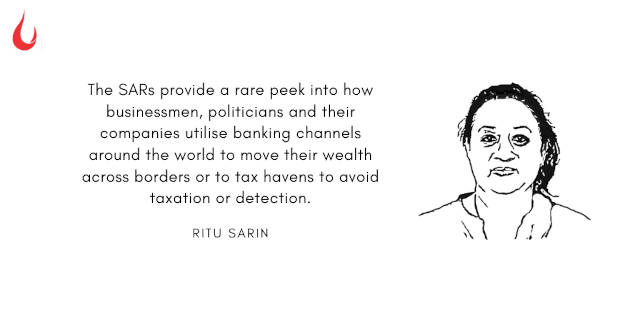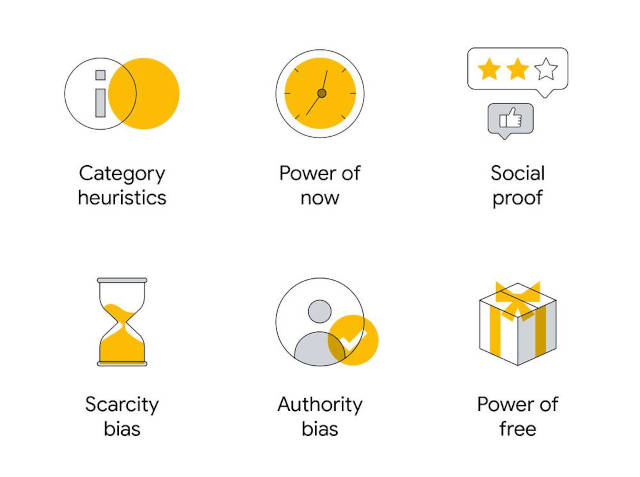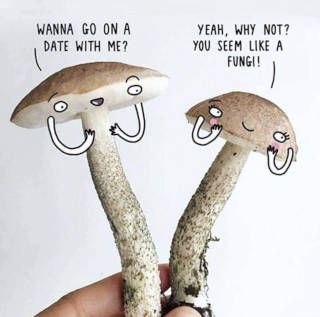[Photo by billow926 on Unsplash]
Good morning,
We stumbled across a lovely story on Facebook that Manohar Parrikar, the former chief minister of Goa, narrated once upon a time.
“I am from the village of Parra in Goa, hence we are called Parrikars. My village is famous for its watermelons. When I was a child, the farmers would organise a watermelon-eating contest at the end of the harvest season in May. All the kids would be invited to eat as many watermelons as they wanted. Years later, I went to IIT Mumbai to study engineering. I went back to my village after 6.5 years. I went to the market looking for watermelons. They were all gone. The ones that were there were so small.
“I went to see the farmer who hosted the watermelon-eating contest. His son had taken over. He would host the contest but there was a difference. When the older farmer gave us watermelons to eat he would ask us to spit out the seeds into a bowl. We were told not to bite into the seeds. He was collecting the seeds for his next crop. We were unpaid child labourers, actually. He kept his best watermelons for the contest and he got the best seeds which would yield even bigger watermelons the next year. His son, when he took over, realised that the larger watermelons would fetch more money in the market so he sold the larger ones and kept the smaller ones for the contest. The next year, the watermelons were smaller, the year later even small. In watermelons the generation is one year.
“In seven years, Parra’s best watermelons were finished. In humans, generations change after 25 years. It will take us 200 years to figure what we were doing wrong while educating our children. Unless we employ our best to train the next generation, this is what can happen to us. We must attract the best into (the) teaching profession."
Teaching is a noble profession and India needs a lot more teachers. And yes, we miss your presence, Mr Parrikar.
In this issue
- The FinCEN files
- How people decide what to buy
- Dating protocols
The FinCEN files
Earlier this week, The Indian Express started to place in the public domain the outcome of its three-month-long investigation into the India-connections of a cache of 2,000 documents. Classified as top secret, banks aren’t allowed to confirm these documents exist.
A team at The Indian Express including Shyamlal Yadav, Jay Mazoomdar, Sandeep Singh and Kushboo Narayan and led by Ritu Sarin, wrote it was because these documents had been “red-flagged to the top US financial watchdog, the Treasury Department’s Financial Crimes Enforcement Network (FinCEN) for suspected money laundering, terrorism, drug dealing or financial fraud.”

“These documents, called Suspicious Activity Reports or SARs, which constitute the FinCEN Files, are not evidence of illegality. They reflect views by watchdogs within banks, known as compliance officers, reporting past transactions that bore hallmarks of financial crime, or that involved clients with high-risk profiles or past run-ins with the law.”
Work on this narrative had started about a year-ago when some of these documents got the attention of an alliance of investigative journalists across 88 countries beginning with Buzzfeed News. The team there wrote on Sunday: “A huge trove of secret government documents reveals for the first time how the giants of Western banking move trillions of dollars in suspicious transactions, enriching themselves and their shareholders while facilitating the work of terrorists, kleptocrats, and drug kingpins. And the US government, despite its vast powers, fails to stop it.”
When it was obvious to them that this investigation has global ramifications, they allied with partners across the world including the International Consortium of Investigative Journalists among others.
On September 21, Sarin reported that “Adani Global PTE, the Singapore-based global arm of the Adani Group, crops up in a clutch of Suspicious Activity Reports (SARs) filed to FinCEN, the top US financial watchdog, that red-flag the subject of shell companies and their use in money laundering activities in the tax haven of Seychelles.
“Along with several other transactions for companies located in Switzerland, Hong Kong and Russia, the SARs have details of transactions between Thionville Financier Ltd, an investment company with addresses in Mahe and Victoria in Seychelles, with Adani Global PTE.”
Dig Deeper
- In alert on shell firms, NY bank flags transfers to Adani from Seychelles (The Indian Express)
- Bribes for Andhra Mining Permit -- and link to ex-Congress MP (The Indian Express)
- The FinCen Files (Buzzfeed News)
How people decide what to buy
While there is much debate in the political arena in India about not having enough data, the Google Consumers Insights Team has too much data. The upside to which is that poring over it allows their team to understand and place compelling reports in the public domain, such as, How people decide what to buy lies in the ‘messy middle’ of the purchase journey.
In this report, the authors Alistair Rennie and Jonny Protheroe write, “The precise value of ‘cheap’ may vary between individuals, but it still carries a singular meaning. ‘Best,’ on the other hand, can have a wide range of meanings, including value, quality, performance, or popularity.
“This is the kind of research behaviour that happens in the ‘messy middle’ between trigger and purchase. And as Covid-19 has accelerated online shopping and research around the world, it’s more important than ever for brands to learn how to make sense of it.
“As people explore and evaluate in the messy middle, cognitive biases shape their shopping behaviour and influence why they choose one product over another.”
While hundreds of biases exist, the authors argue, they settled on six biases that their research suggests can influence a purchase decision.

[Graphic: thinkwithgoogle.com]
These biases, they write, formed the basis for a large-scale shopping experiment with real in-market shoppers simulating 310,000 purchase scenarios across financial services, consumer packaged goods, retail, travel, and utilities.
“Shoppers were asked to pick their first and second favourite brands within a category, and then a range of biases were applied to see if people would switch their preference from one brand to another. To test an extreme scenario, the experiments also included a fictional brand in each category, to which shoppers had zero prior exposure.
“The results showed that even the least effective challenger, a fictional cereal brand, still managed to win 28% of shopper preference from the established favourite when it was ‘supercharged’ with benefits, including five-star reviews and an offer of 20% extra for free.
“And in the most extreme case, a fictional car insurer won 87% share of consumer preference when supercharged with advantages across all six biases.
“The experiment showed that, when applied intelligently and responsibly, behavioural science principles—and the behavioural and informational needs they align with—are powerful tools for winning and defending consumer preference in the messy middle.”
Dig Deeper
Dating protocols

(Via WhatsApp)
Saw something interesting? Share on our Slack channel.
And if you missed previous editions of this newsletter, they’re all archived here.
Bookmark Founding Fuel’s special section on Thriving in Volatile Times. All our stories on how individuals and businesses are responding to the pandemic until now are posted there.
Warm regards,
Team Founding Fuel


